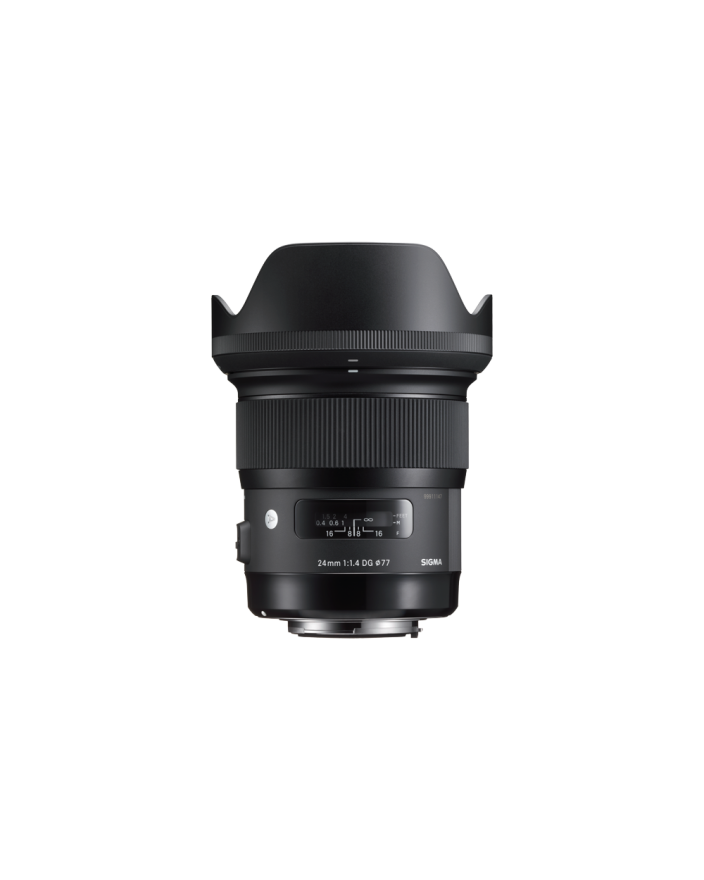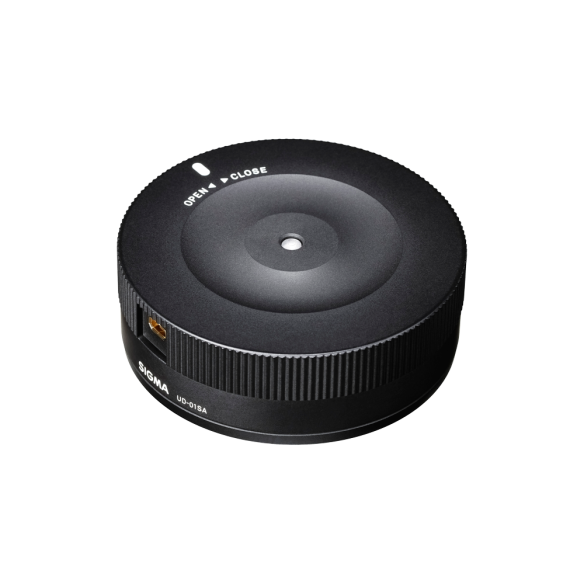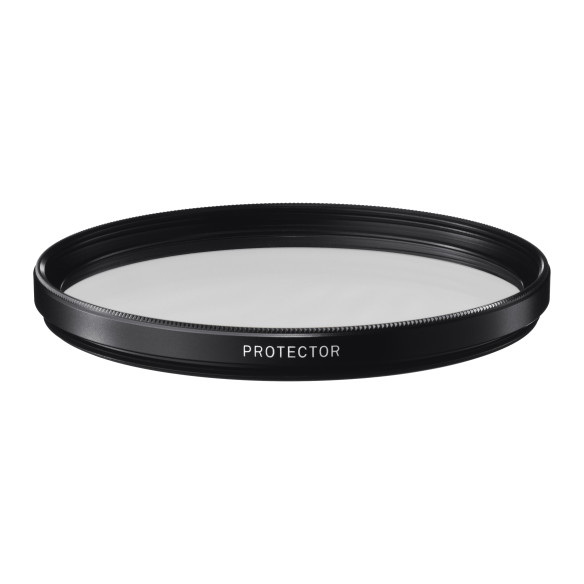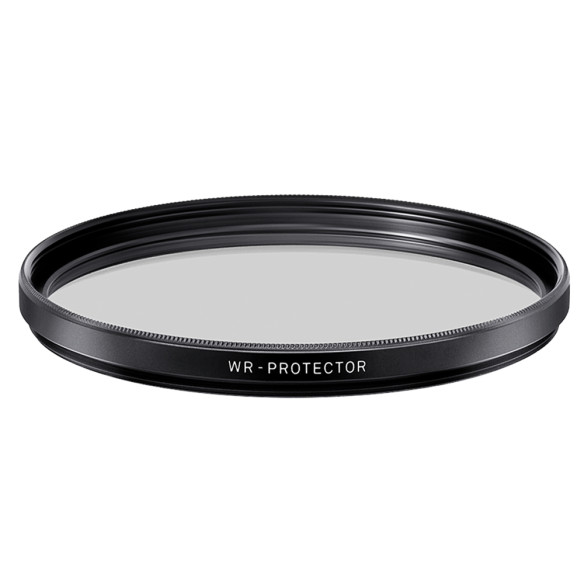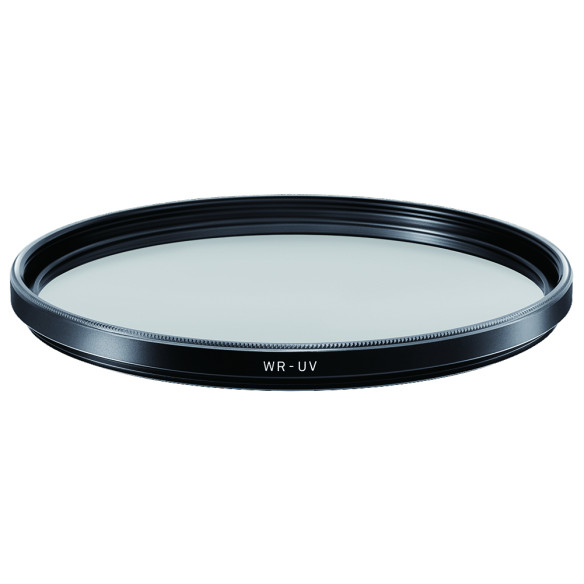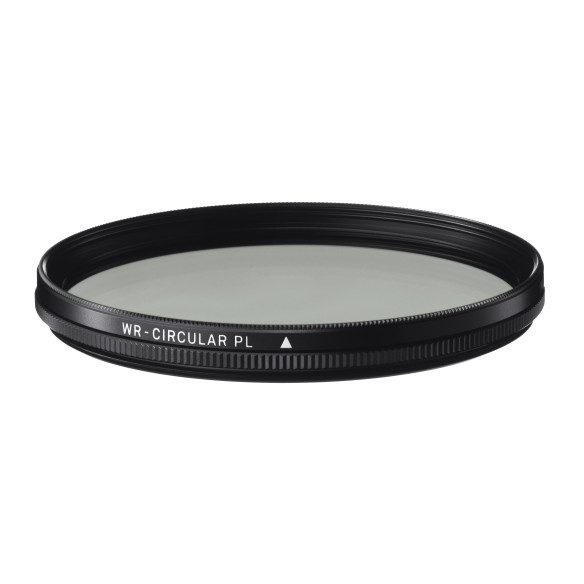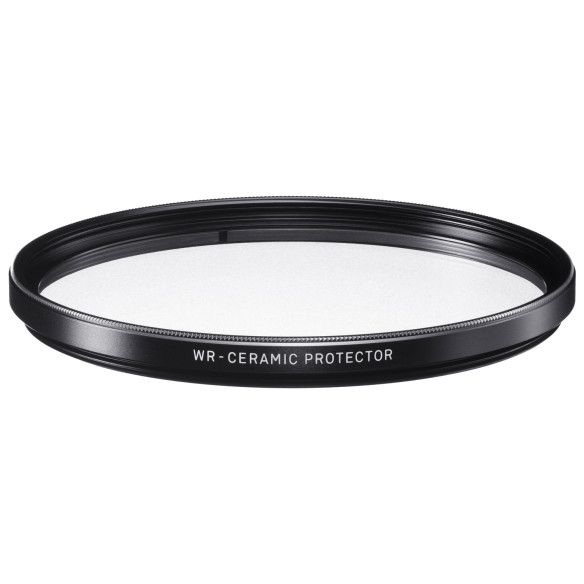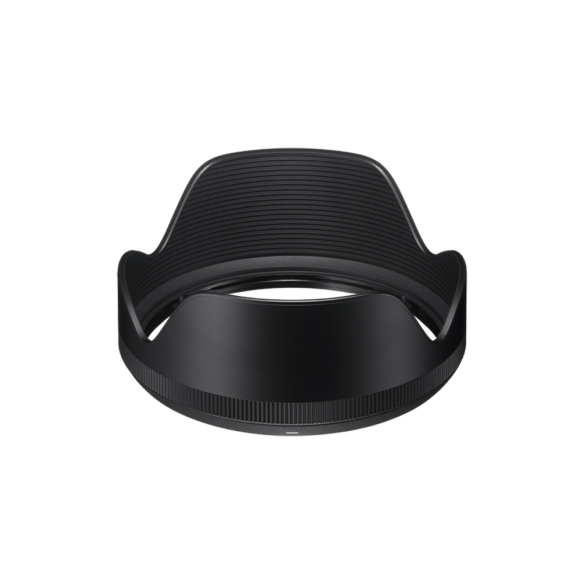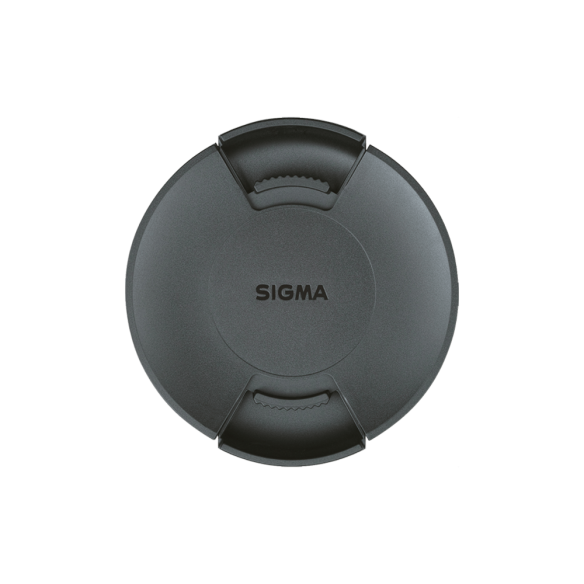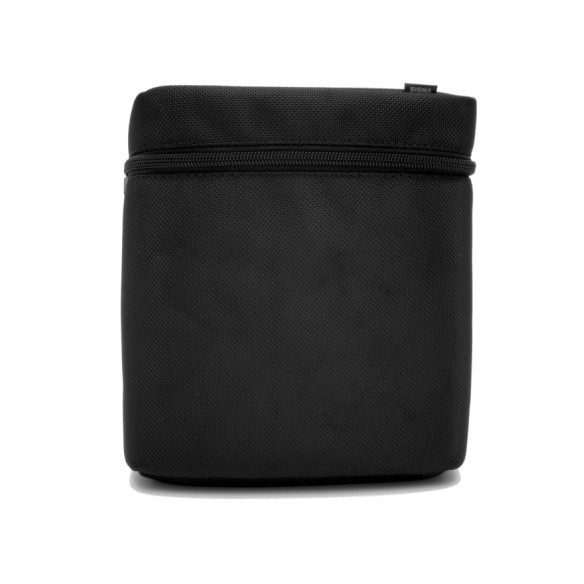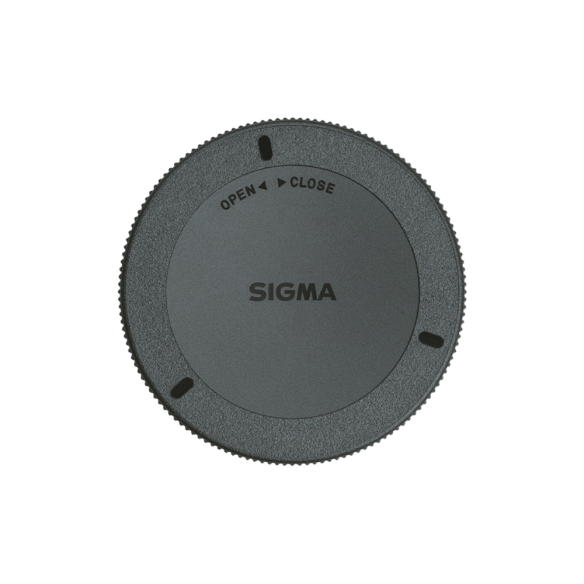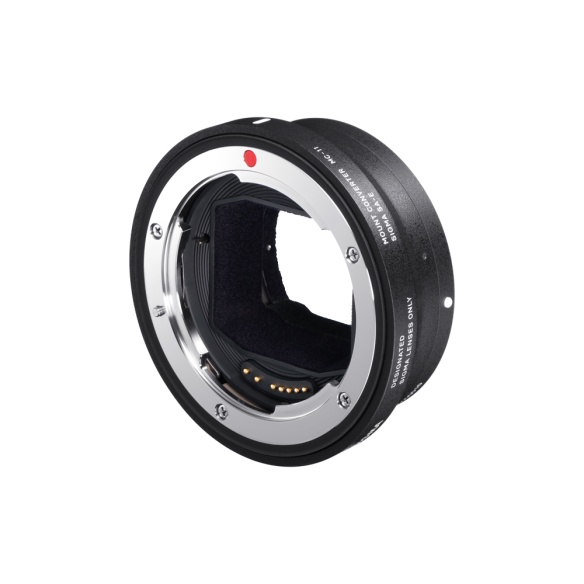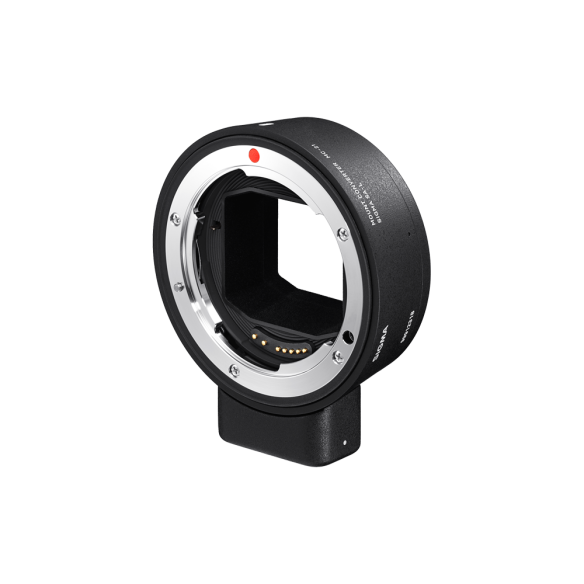ART24mm F1.4 DG HSM
- Best-in-class optical performance
- High-contrast images with bright edges
- Minimized distortion throughout the entire image
- Minimized chromatic aberrations
- Hyper Sonic Motor (HSM) for silent, fast autofocus
- Exclusive low-dispersion glass
- Super Multi-Layer Coating reduces flare and ghosting
- Full-time manual focus
- Rounded 9-blade diaphragm

AWARDS
- 2015: 24mm F1.4 Art TIPA
- EISA: 24mm F1.4 | Art 2015
Breathtaking optical performance
This lens features minimized aberration achieved through the latest design technology and know-how that has been accumulated by Sigma in its lens development over many years and offers astonishing rendering performance, even at the edges, with ultra-high resolution. Whilst featuring higher resolution around the focus point, the lens offers a smooth and natural bokeh effect. Both high definition rendering without chromatic aberration and natural bokeh expression are possible, even at maximum aperture.
Minimized sagittal coma flare for optimal capture of starry nightscapes
Sagittal coma flare is the aberration in which a point light source appears as a streak instead of a point, and it affects large-diameter lenses in particular. By positioning aspherical lens elements toward the rear of the 24mm F1.4 DG HSM | Art, we have adjusted the angle of incidence of light for optimal power distribution. Even at wide-open aperture, you will enjoy outstanding image quality. Since streaking of point light sources toward the edges of the image is minimized, this lens is a powerful ally in photographing celestial bodies, nighttime illumination, and more.


Minimized chromatic aberrations thanks to FLD and SLD glass lenses
One of the requirements of high rendering performance is the correction of chromatic aberration. Particularly, for axial chromatic aberration, which is challenging to correct even during image processing, the lens development stage is vital in ensuring minimized distortion. The 24mm F1.4 DG HSM | Art incorporates FLD ("F" Low Dispersion) glass and SLD (Special Low Dispersion) glass elements to minimize chromatic aberration of magnification, which is mainly visible around the edge of the image. Moreover, the power distribution ensures the correction of axial chromatic aberration. The result is high image quality throughout the entire focusing range — sharp and high-contrast image rendering without color blur.
High-contrast images with bright edges — even at wide-open aperture
Improving efficiency at large apertures and minimizing vignetting, we have designed the lens to secure very good brightness. Even at open aperture, it ensures high-contrast images for indoor photography, astronomical photography, and when photographing blue sky.
Flare and ghosting reduction
From an early stage in the lens design process, flare and ghosting have been measured to establish an optical design resistant to strong incident light sources such as backlighting. Sigma’s Super Multi-Layer Coating reduces flare and ghosting to help photographers produce sharp and high contrast images even in backlit conditions. The included lens hood can be attached to block out extraneous light, which can have a negative effect on rendering performance.


Exclusive low-dispersion glass
The degree to which light is refracted by glass depends on the light's wavelength. This fact causes different colors of light to focus at slightly different points. The result is chromatic aberration, the color fringing that is particularly noticeable in telephoto lenses. Most chromatic aberration can be removed by combining a high-refractivity convex lens element with a low-refractivity concave element. Yet residual chromatic aberration known as "secondary spectrum" may still remain. To minimize this secondary spectrum, which can be a serious issue with conventional lenses, Sigma lenses feature up to three types of exclusive low-dispersion glass offering superior performance: ELD (Extraordinary Low Dispersion), SLD (Special Low Dispersion) and FLD ("F" Low Dispersion). In particular, FLD glass offers ultra-low dispersion in combination with high transmittance and the anomalous dispersion characteristics of fluorite. Meticulous deployment of these types of exclusive low-dispersion glass and optimization of power distribution gives Sigma lenses superlative image rendition undiminished by residual chromatic aberration.


Minimized distortion
It is not possible to compensate for distortion that is often observed with wide-angle lenses just by changing the aperture value. Therefore, the lens development stage is vital in ensuring minimized distortion. The Sigma 24mm F1.4 DG HSM | Art features an adjusted incidence angle of the light source from the surface of the first lens and aspherical glass elements to optimize the power layout at respective positions. This has helped minimize distortion throughout the entire image.
Rounded diaphragm
When photographing with point light sources such as electric lights or reflections on a body of water in the background, the rounded 9-blade diaphragm helps produce an attractive bokeh effect — even at large-aperture settings.


LENS CONSTRUCTION


- FLD glass
- SLD glass
- Aspherical lens
MTF CHART
The MTF (Modulation Transfer Function) is one of the measurements for evaluating a lens' performance, and it shows how faithfully the contrast of the subject can be reproduced on the image plane. The horizontal axis shows the image height (distance from the center of the image in mm) and the vertical axis shows the contrast value (maximum value is 1).
The closer the 10 line pairs/mm curve is to 1, the higher the contrast and clarity of the lens is, and similarly, the closer the 30 line pairs/mm curve is to 1, the better the resolution and sharpness of the lens is.
*The MTF chart depicts the result at the wide-open aperture.
*For mirrorless lenses that support distortion correction, the horizontal axis shows the image height equivalent to when an L-Mount lens is attached to a Sigma L-Mount camera with distortion correction applied. (The effect of distortion correction may differ depending on the mount and camera used.)
*The spatial frequency indicates the variation on the image plane before distortion correction is performed.
Spatial Frequency
S: Sagittal Line
M: Meridional Line
10lp/mm




30lp/mm




DIFFRACTION MTF


GEOMETRICAL MTF


Hyper Sonic Motor (HSM)
The Hyper Sonic Motor (HSM) uses ultrasonic waves to drive the autofocus mechanism. It features extremely quiet operation, high torque, and excellent focusing speed.
Exclusive low-dispersion glass
Careful arrangement of exclusive low-dispersion glass elements gives Sigma lenses superlative image rendition untarnished by residual chromatic aberration.
Other
- Rounded diaphragm
- High-precision, durable brass bayonet mount
- Designed to minimize flare and ghosting
- Every single lens undergoes Sigma's proprietary MTF measuring system
- Mount Conversion Service available
- "Made in Aizu, Japan" craftsmanship

